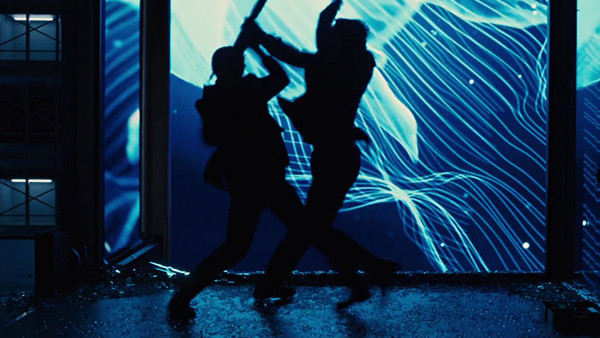James Bond: The Real Story Of Skyfall's Cinematic Success
3. The Breathtaking Cinematography

Skyfall is a beautiful movie. From the locations to the lighting and visuals, it is the most stunning Bond movie to date and all this rests on the shoulders of Roger Deakins who added a stylish and artistic flare to the film. Notably, the camera work in the Shanghai portion of the movie is particularly pleasing.
The Shanghai scene is painted in a coat of dark blue with bright blue lights from the skyscrapers surrounding the set creating a futuristic rendition of the city despite the film’s setting of 2012. The neon blues allow for Bond and his target, Patrice to be cast as shadows. Additionally, Bond’s attempts to approach Patrice before he assassinates a target consists of him navigating through a room of mirrors slowly, creating reflections and interesting camera angles; it would be difficult for a camera to properly film in a room of mirrors however Deakin’s somehow prevails. Meanwhile, camera cuts present Bond’s target, calmly assembling a rifle, preparing to assassinate a target. Tension is built whilst Bond slowly stalks towards his target.
Amongst the skyline of cold blue shadows, one set of rooms emanating a warm orange glow contrast this. Whilst Bond and Patrice are submerged in shadow, the attendants in the mellowly lit room in the adjacent skyscraper are exposed, apparent and visible. Topping it off, the fight scene between Bond and Patrice contradicts the fast cuts and edits of Skyfall’s predecessors as wide shots film the entire fight scene. With the camera completely planted in place, the shadowy silhouettes of Bond and Patrice struggle for power over one another as the bright lights of adjacent angular shaped buildings reflect against the mirrors.
The scene in Shanghai is one example of the professional masterclass that Skyfall’s cinematography had to offer.
But it wasn't enough to LOOK good, Skyfall had to have more substance than Quantum Of Solace and the best way to do that was to go personal.